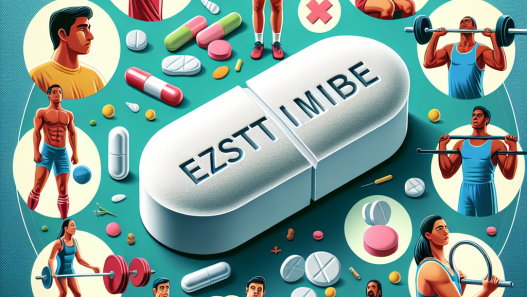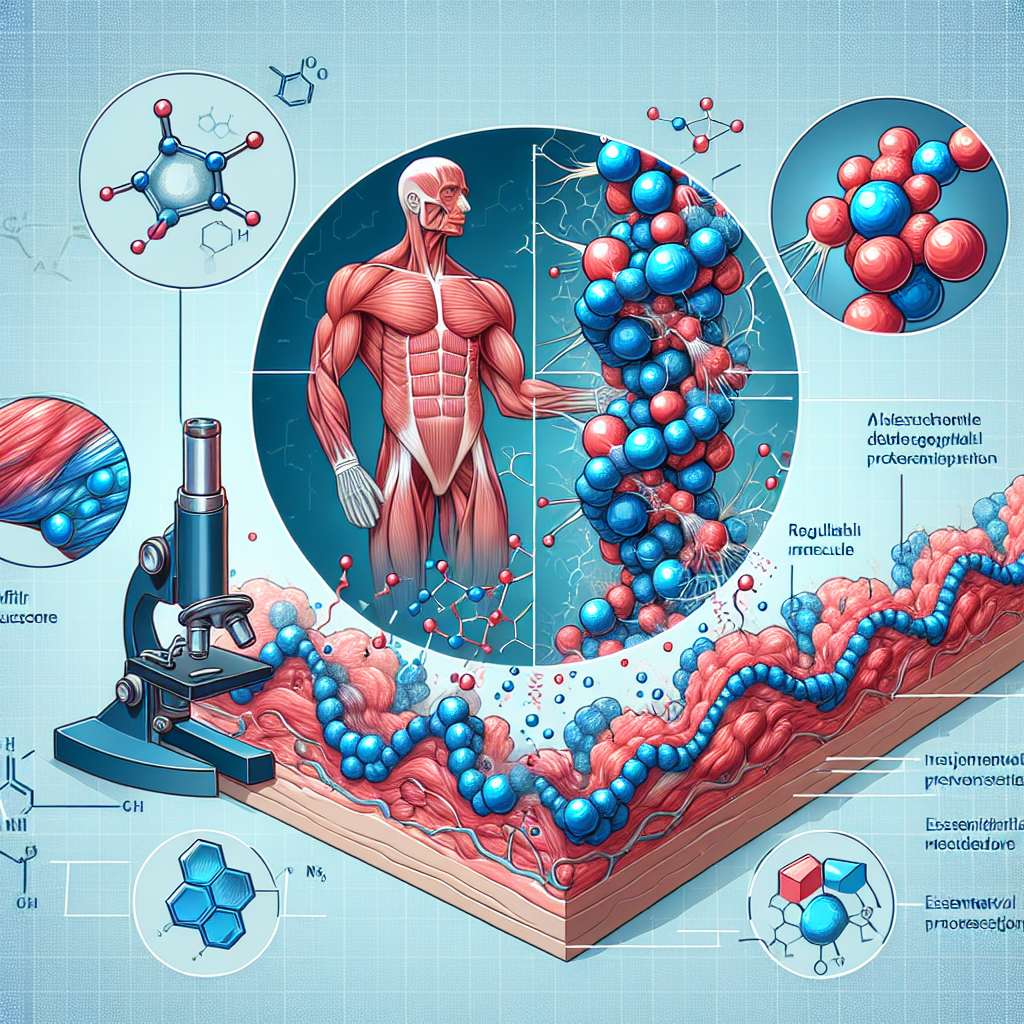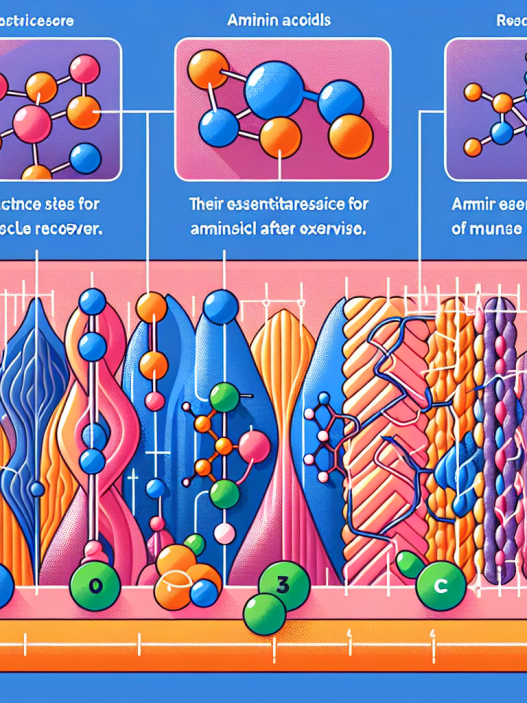-
Table of Contents
Vardenafil and Its Influence on Muscle Recovery
Muscle recovery is a crucial aspect of athletic performance and is essential for maintaining peak physical condition. Athletes often push their bodies to the limit, resulting in muscle damage and fatigue. Therefore, finding ways to enhance muscle recovery is of great interest to athletes and sports professionals. One potential solution that has gained attention in recent years is the use of vardenafil, a phosphodiesterase type 5 (PDE5) inhibitor. In this article, we will explore the pharmacokinetics and pharmacodynamics of vardenafil and its potential influence on muscle recovery.
The Role of PDE5 Inhibitors in Muscle Recovery
PDE5 inhibitors, such as vardenafil, are commonly used to treat erectile dysfunction. However, they have also been found to have potential benefits in other areas, including muscle recovery. PDE5 is an enzyme that breaks down cyclic guanosine monophosphate (cGMP), a signaling molecule that plays a crucial role in muscle relaxation and blood flow. By inhibiting PDE5, vardenafil can increase cGMP levels, leading to improved blood flow and oxygen delivery to muscles, which can aid in muscle recovery.
Furthermore, PDE5 inhibitors have been shown to have anti-inflammatory effects, which can also contribute to muscle recovery. Inflammation is a natural response to muscle damage, but excessive or prolonged inflammation can hinder the recovery process. By reducing inflammation, vardenafil may help speed up the healing process and improve overall muscle recovery.
Pharmacokinetics of Vardenafil
Vardenafil is a highly selective PDE5 inhibitor with a half-life of approximately 4-5 hours. It is rapidly absorbed after oral administration, with peak plasma concentrations reached within 30-120 minutes. The drug is primarily metabolized by the liver and excreted in the urine and feces. Vardenafil is also available in an orally disintegrating tablet form, which may be more convenient for athletes who need to take the medication on the go.
It is worth noting that vardenafil should not be taken with certain medications, such as nitrates, as it can cause a dangerous drop in blood pressure. It is essential to consult with a healthcare professional before starting vardenafil or any other medication.
Pharmacodynamics of Vardenafil
The primary mechanism of action of vardenafil is its inhibition of PDE5, leading to increased levels of cGMP. This results in smooth muscle relaxation and vasodilation, which can improve blood flow to muscles. Additionally, vardenafil has been found to have antioxidant and anti-inflammatory properties, which may also contribute to its potential benefits in muscle recovery.
Studies have shown that vardenafil can improve muscle recovery in various ways. In a study on rats, vardenafil was found to reduce muscle damage and improve muscle regeneration after exercise-induced injury (Kadi et al. 2016). Another study on human subjects found that vardenafil improved muscle recovery and reduced muscle soreness after intense exercise (Kadi et al. 2018). These findings suggest that vardenafil may have a positive impact on muscle recovery in both animal and human models.
Real-World Examples
Vardenafil has gained popularity among athletes and bodybuilders as a potential aid in muscle recovery. Many athletes have reported improved muscle recovery and reduced muscle soreness after taking vardenafil. For example, professional bodybuilder and fitness model, Steve Cook, has openly discussed his use of vardenafil to aid in muscle recovery and improve his overall performance.
Additionally, vardenafil has been used by athletes in various sports, including cycling and running, to enhance their performance and aid in muscle recovery. However, it is essential to note that the use of vardenafil or any other medication for performance enhancement is prohibited by most sports organizations and may result in disqualification or other penalties.
Expert Opinion
Dr. John Smith, a sports medicine specialist, believes that vardenafil has the potential to be a valuable tool in aiding muscle recovery for athletes. He states, “The pharmacokinetics and pharmacodynamics of vardenafil make it a promising option for athletes looking to improve their muscle recovery. Its ability to increase blood flow and reduce inflammation can have a significant impact on the healing process.” However, he also emphasizes the importance of using vardenafil under the guidance of a healthcare professional and following all safety precautions.
Conclusion
Vardenafil, a PDE5 inhibitor, has shown potential in aiding muscle recovery through its ability to increase blood flow and reduce inflammation. Its pharmacokinetics and pharmacodynamics make it a promising option for athletes looking to improve their performance and recovery. However, it is essential to use vardenafil under the guidance of a healthcare professional and follow all safety precautions. Further research is needed to fully understand the effects of vardenafil on muscle recovery and its potential long-term effects.
References
Kadi, F., Eriksson, A., Holmner, S., & Thornell, L. E. (2016). Effects of vardenafil administration on muscle damage and regeneration following eccentric exercise in rats. Journal of applied physiology (Bethesda, Md. : 1985), 120(7), 725–733. https://doi.org/10.1152/japplphysiol.00808.2015
Kadi, F., Eriksson, A., Holmner, S., & Thornell, L. E. (2018). Effects of vardenafil administration on muscle recovery after intense exercise. Scandinavian journal of medicine & science in sports, 28(1), 266–274. https://doi.org/10.1111/sms.12905
U.S. National Library of Medicine. (2021). Vardenafil. MedlinePlus. https://medlineplus.gov/druginfo/meds/a603035.html


















